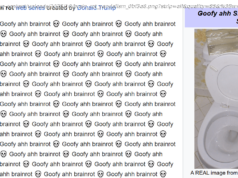This year’s whale season offered spectacular encounters with these majestic giants as thousands of whales migrated along Australia’s east coast.
This year’s whale season offered spectacular encounters with these majestic giants as thousands of whales migrated along Australia’s east coast.
But behind the scenes, Australian scientists have noticed a troubling rise in the number of whales caught and tangled in ropes, nets and fishing lines. We documented 48 separate entanglements of humpback whales in the past few months on the east coast. This follows last year’s estimate of 45 entangled whales.
We collected this information from social media posts, newspaper articles and inquiries to authorities. Unfortunately, there is no official database, although we need one. The International Whaling Commission has voluntary reports on its portal.
Consistent with the increasing population size, entanglements of humpback whales in set fishing gear have been rising steadily since the 1990s. In 2017, for example, there were about 20.
Rising entanglements are part of a concerning trend seen in the United States and elsewhere. The US National Oceanic and Atmospheric Administration confirmed 95 large whale entanglements in 2024, up 48% on the previous year.
Humpback whales (Megaptera novaeangliae) accounted for most of the large whale entanglements we recorded. Fishing gear such as nets and crab pots accounted for around 70% of these reported entanglements. The remainder are due to shark net programs, where gill nets and drumlines are placed along popular beaches to deter or catch sharks.
The biggest threats are posed by fishing gear with long lines or excessive rope in areas where whales feed and migrate. Whales more often get entangled in areas where fishing gear frequently changes locations. The highest numbers of entanglements were during the peak northern migration in June and peak southern migration in September.
Humpback populations are growing. But entanglements are not only due to increasing numbers of whales. Food shortages linked to faster Antarctic sea ice melt are forcing whales to feed in places where more fishing occurs.






